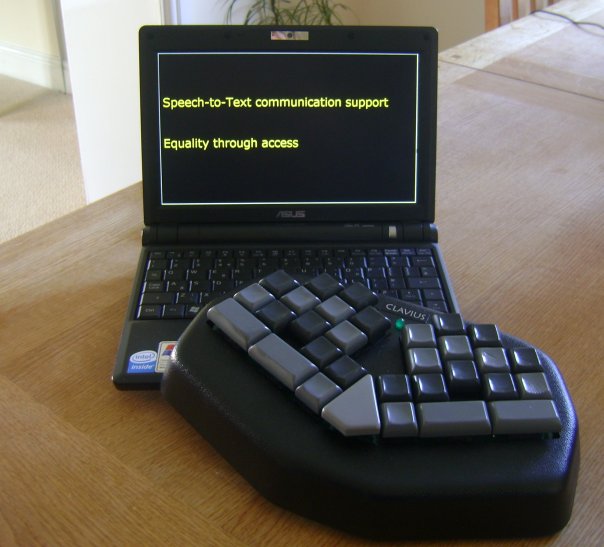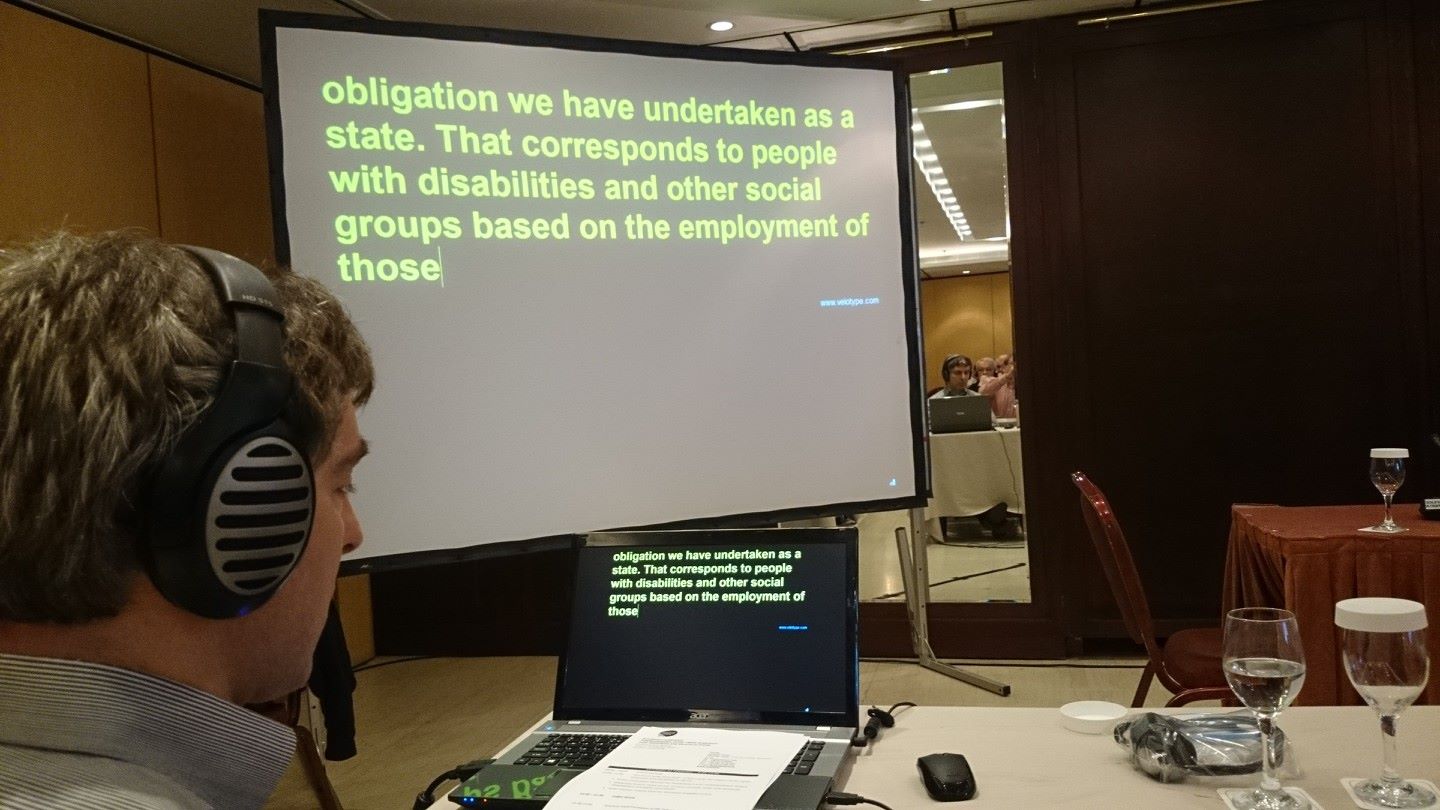Why live captioning for education is the future
The need for live captioning for education has long been called for by a persistent few, but their voices are starting to resonate in the halls of universities.
This is down to two reasons; institutions are more aware/wary of excluding disabled students in any way, and, more cogent, the society-changing impact of the Coronavirus.
Complying with the Equality Act
Passed in 2010, The Equality Act encapsulated all nine previous anti-discrimination laws and rendered discrimination illegal in the workplace.
This included discrimination against gender, sexuality, race, and disability, which, of course, includes deaf and hard of hearing people.
The Equality Act not only applies to businesses and employers, but also places of learning, including schools, technical colleges, and universities.
Deaf and hard of hearing students must not be discriminated against in any way which hinders them from receiving education, access to a benefit, facility, or service, or by excluding them in any way.
All Universities and Higher Education Institutions must make “reasonable adjustments” to accommodate deaf/hard of hearing students.
Many universities now are looking into captioning for education in order to give the best access to all of their students and remain within the bounds of the Equality Act.
Improve comprehension and test results
Providing captioning for education has been proven to help boost student comprehension and participation, and not just disabled students.
All students who read captions can improve on their understanding of a subject, but live captions are also an especially powerful tool for students whose first language isn’t English.
Live captioning for education is the perfect way for foreign students to keep on top of things, especially when it comes to technical subjects. It also helps them to fully understand what’s going on, important if the speaker has an accent they are not used to, or maybe speaks too quickly or quietly.
Live captioning helps everyone focus and retain more information, with one study showing that reading comprehension increased dramatically when captions were used compared to uncaptioned educational videos.
Post Covid-19 world
We are still bang in the middle of a pandemic, one which seems to be going no-where fast.
Schools and universities are due to start back again soon, but with the second wave coming, it’s likely that classes will be held online, keeping people safe at home.
Research has shown that online learning has actually improved the retention of children, so there is a real possibility that e-learning is here to stay.
No matter what happens, it’s clear that captioning for education is now a serious issue, one which needs to be discussed at the highest levels.
When it comes to live captioning, 121 Captions are the leading experts in the country.
We have years of experience live captioning events, lectures, and conferences, all over the world and in many different languages. We also caption university graduation ceremonies remotely, which is more cost effective and inclusive.
Our speech to text reporter (STTR) can caption word for word at up to 360 words per minute – that’s as fast as someone speaks – with only a one-second time lag.
This allows students to read the lecture or graduation speeches, word by word, at the same speed as their peers hear it, levelling the playing field for everyone.
If you would like to know more about captions for education, then please don’t hesitate to contact us today.
Our friendly and experienced experts will be happy to answer any questions you might have.













Leave a Reply
Want to join the discussion?Feel free to contribute!